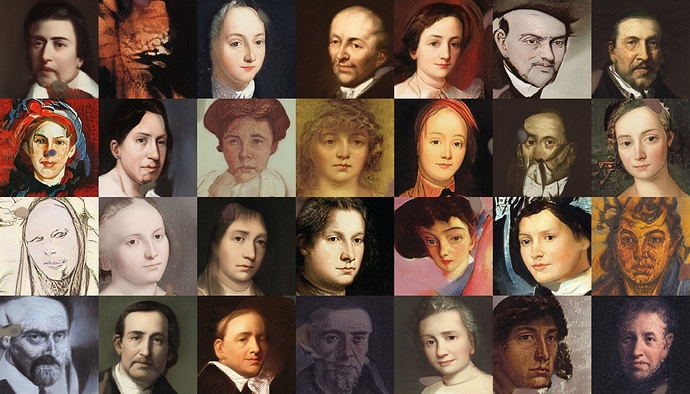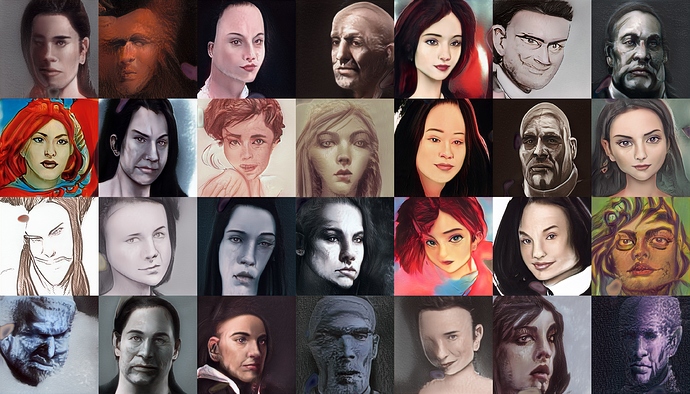I trained Stylegan on a portrait art dataset and was thought the results were decent, this was through transfer learning I was able to train on a k80 on colab much faster than from scratch. Here is the github repo and results
I trained it further on more modern art and this was the result

